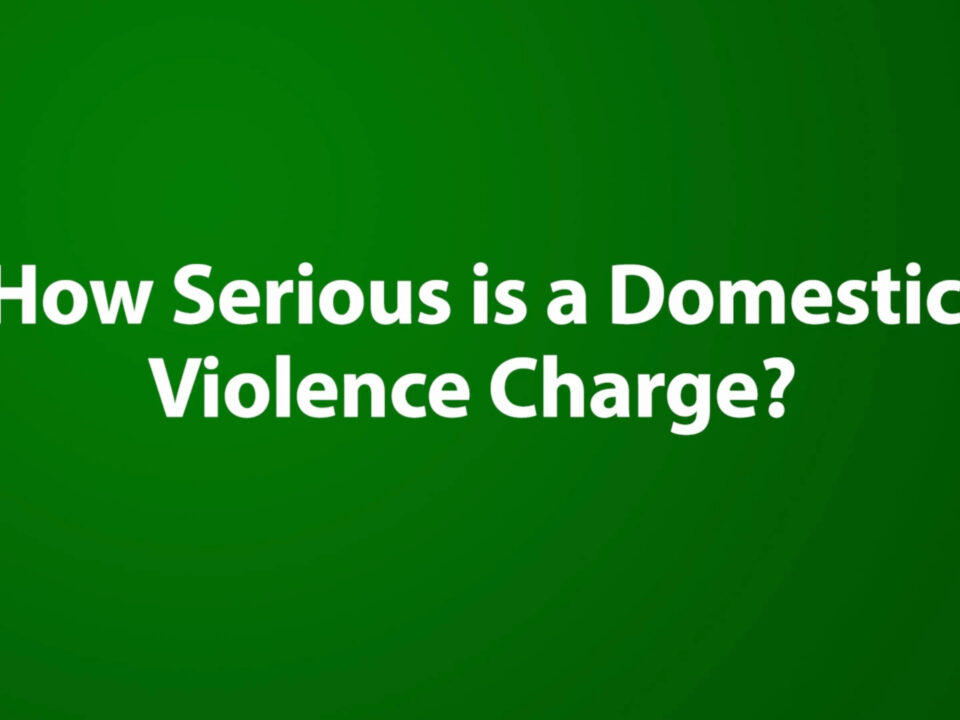
If you or someone you know is in a relationship or situation where they feel they would benefit from a restraining order, it is important to understand what they are and how they work. This can be a stressful and nerve-wracking experience for many, but in the end, a restraining order can benefit you and those close to you.
What is a Restraining Order?
A restraining order is a temporary court order issued to prohibit an individual from carrying out a particular action, especially approaching or contacting a specific person. Usually, a restraining order is requested in order to help protect someone who feels they have been a victim of disorderly conduct or harassment.
“Disorderly conduct” means intrusive or unwanted acts, words, or gestures that are intended to adversely affect the safety, security, or privacy or another person.”
Restraining orders in North Dakota can either be temporary or last up to 2 years. There are a few different types of personal restraining orders available for petitioners who are in need of protection. The two most common are: Domestic Violence Restraining Orders and Disorderly Conduct Restraining orders.
When Should You File for one?
Keep in mind that you do not need to have a close relationship with someone to file a restraining order against them. The person can be a friend, boyfriend, girlfriend, family member or even a complete stranger. If there is someone that has made you feel uncomfortable by acts such as teasing, yelling threats, harassing, extremely repetitive phone calls, or physical abuse – you may want to contact an attorney to see if you should file. If you feel that your life or the lives of your family members are being threatened, it may be time to learn more. Talking with an attorney can provide you with information about your options.
How do You File a Restraining Order?
Before completing paperwork for a restraining order, make sure to meet with a lawyer to ensure proper wording and documentation. If you are a minor, you will need a parent or legal guardian to file for you. Remember, you will need to have clearly documented any instances in which you felt there were instances of disorderly conduct or domestic violence.
Once you feel documents are ready, these are the next steps:
- Deliver the completed form to the County Courthouse. You may want to call ahead to make sure there will be a judge available to review the document.
- If the judge feels it is appropriate, they will sign a Temporary Disorderly Conduct Restraining Order. You will be asked to give this document along with the original paperwork you filled out to the Clerk of Court.
- The Clerk will give you multiple copies that you will need to deliver to the Sheriff’s Office.
- The Sheriff’s office will personally serve the respondent with the order of protection. Once served, the order will be in effect.
- On your temporary order, there will be a court date. Make sure to prepare all documentation with your lawyer before the court hearing. Your lawyer may ask you if you have any witnesses who could support your case, as they may be able to help strengthen your case in court.
O’Keeffe O’Brien Lyson Foss’s attorneys will be able to assist you with filing a restraining order. If you feel you are in need of a restraining order or have one being filed against you, contact Tracy Lyson or Tatum O’Brien Lindbo of the O’Keeffe O’Brien Lyson Foss team today to schedule an appointment to review your case.



